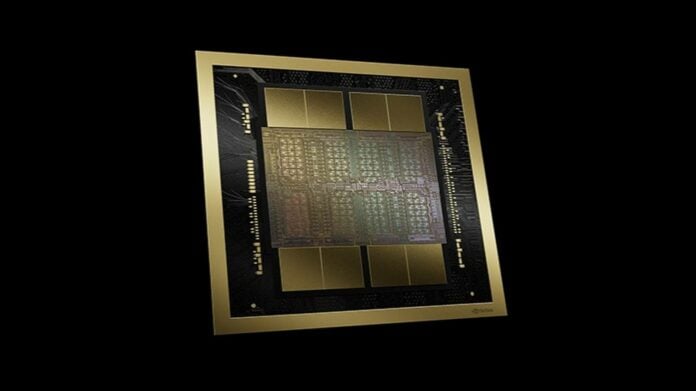Nvidia announced that it had some issues with its Blackwell GPU designs, which subsequently impacted production. The CEO broke the news, stating the brand teamed up with TSMC to fix the problem. According to Jensen Huang, Blackwell AI chips should ship by the end of this year.
The rumours regarding Nvidia’s problems with its latest GPU architecture turned out to be correct. The Blackwell architecture powering its latest AI GPUs apparently suffered from a design flaw that impacted production. This caused a delay in chip shipments, potentially affecting the schedules of big customers such as Meta, Microsoft, and Alphabet.
“It was functional, but the design flaw caused the yield to be low. It was 100% Nvidia’s fault,” says Jensen. “In order to make a Blackwell computer work, seven different types of chips were designed from scratch and had to be ramped into production at the same time.”
Thankfully, Nvidia has identified the issue and fixed it with the help of chip manufacturer TSMC. By assuming full responsibility for the blunder, the CEO also clarified that the rumoured tensions between Nvidia and TSMC are false.
To get an idea of the complexity of this task, the B200 GPU boasts a whopping 208 billion transistors, manufactured using TSMC’s 4NP node. To do so, Nvidia had to link two 104 billion transistor GPUs together via a 10TB/s interconnect. In a way, this is similar to Intel’s Foveros technology found on Core Ultra 200 CPUs.
The brand claims four times faster model training, 30 times faster inference, and 25 times higher energy efficiency compared to an H100 chip. As a reminder, inference is the speed at which a chatbot can respond to your question, for example. This means that the B200 can either respond faster for a seamless user experience or manage multiple tasks simultaneously at H100 speed. Not even mentioning the massive 192GB of HBM3e memory, which doubled over its predecessor to allow more complex AI training.
As you can guess, this shouldn’t impact consumer GPUs as they are much smaller in size. That said, we wouldn’t mind such a beast on our PCs, assuming we can afford it.

